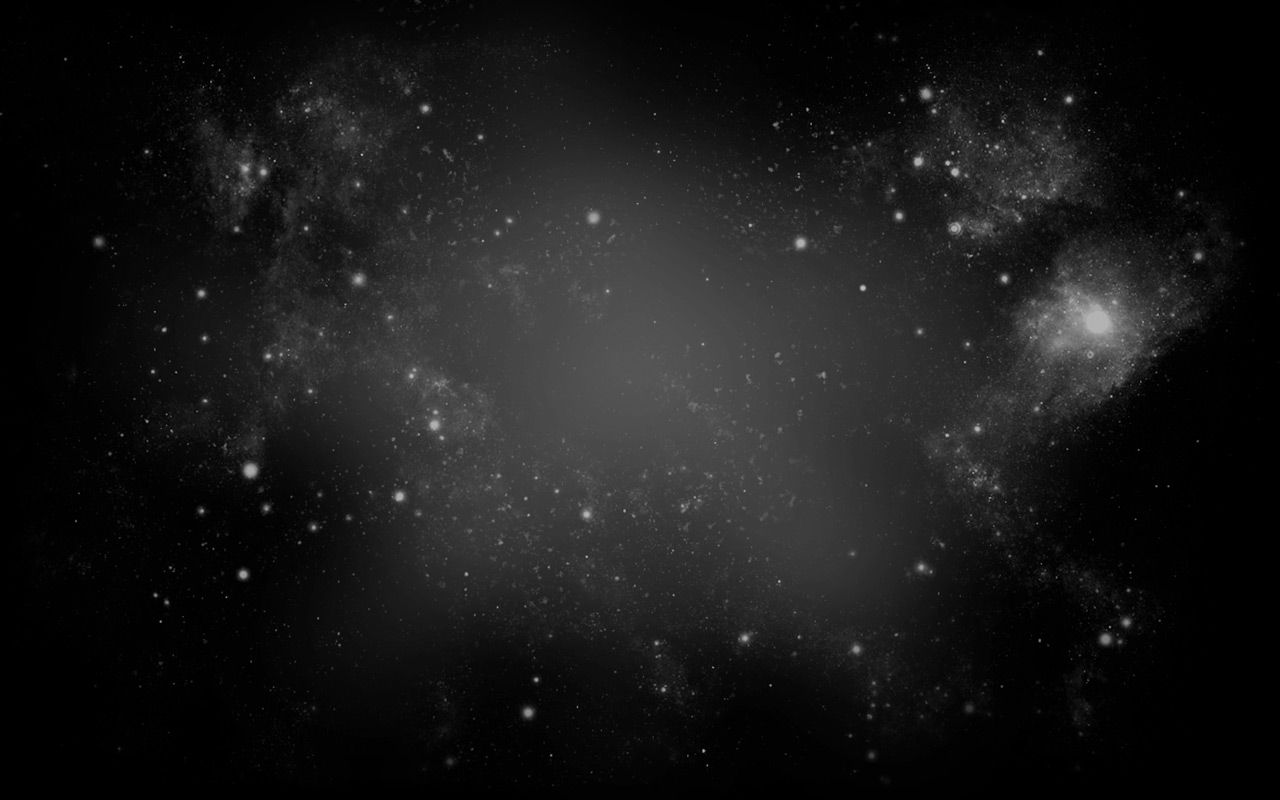Making Original Diagrams & Figures Using Microsoft PowerPoint
- zone5physics
- Nov 29, 2014
- 3 min read
As I dive deeper into the seas of undergraduate research at my own institution, I've been hit time and time again with a reoccuring problem when it comes to presenting or publishing -- how do you find a figure that accurately represents your project?
It can be very frustrating to sift through scholarly articles and Google images for hours to no avail. That's why I decided to practice making my own, unique diagrams using Microsoft PowerPoint (who knew it could be so useful?)
I'll admit, it has taken me a long time to get to this point, and every time I make a new figure is still a learning process. But perhaps I can provide a couple of tips so you can get started making your own!
I always start with a blank project (usually with a white background). First, I delete any title or text boxes that might get in my way, as they usually have built-in formatting that can mess up your tedious work!
Now it's time to get started. Let's try making something relatively simple, say a particular interaction between atoms.
PPT has a wonderful selection of shapes that we can use to set up our initial idea,

Once we pick a few shapes, we can format them (get rid of any unwanted shadowing, change the color, change the weight, etc) and begin to move them together. Under the Format tab, you can browse through some various styles for your shapes, including 3D looking coloring, which will be perfect for our atoms! (You can still change the color using the Fill option, so you are not limited to the colors presented in the tool bar).

Now you can resize your shape and move it around. I also made another shape to represent my smaller silicon atoms. As you will see, I made another even smaller atom for carbon. At this point, I know that in my final diagram I would like to show atoms bumping into eachother. I want the figure to relay some kind of movement. We can do this by altering the transparency of an object and then use it to demonstrate where an atom has been in the recent past (before a collision, perhaps).

They key to making a diagram look precise and formal, in my opinion, is to make use of your copy and paste procedure. You usually only need to make a given shape one time, then paste it around the slide as many times as you need.
Another good way for us to show the motion in the atomic collisions is through motion arrows. It's easy enough to insert a line with an arrow, and you will see that I use those quite often. However, maybe you want to make a curved arrow or line? We can make a custom curved line using the curve shape option (This is a good way to draw a photon or a standing wave as well.)

The curve shape takes a little time to master, especially if you want it to look uniform. After you select this shape, each one click will cause a bend in the line, and a double click will finish the shape. I like to make the curved lines pretty large and then resize the final shape to fit my figure. (Helpful hint: pasting two parallel straight lines before making your curve to help you set up an overall width can be very helpful if you are making a long wave, say in a laser cavity or for some incoming light ray).

Alright! So we have our basic structure as far as shapes go. Now we can begin to assemble our crystal lattice and atomic collisions! A good tool that PowerPoint has to offer is the Arrange option. This will let you easily cover up a part of a shape by sending it to the background or bringing another shape forward. This is a lot easier than making all of your spacing absolutely perfect.

Another time-saving trick is to group objects together. By selecting multiple shapes and using the Group tool, you can move them and resize them all as one big shape.

We can also label our atoms with individual text boxes.

Okay! Now that we have spent an hour organizing our figure, we're going to need to save it in a way that it can be used in presentations and papers. I usually save it either as a PDF or a JPEG.

Whew! That was a lot of work. But! Now we have a custom made image to use in our work!










































Comments